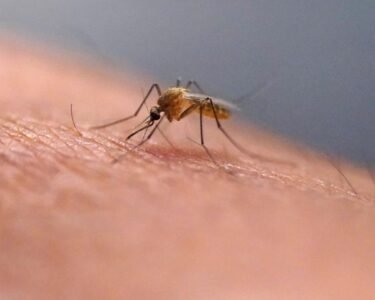Move over protein shakes—2025’s latest wellness craze is all about fibermaxxing. This viral health trend, taking over TikTok and Instagram, encourages loading up on high-fiber foods to boost digestion, balance blood sugar, and support weight management. But while the benefits are real, experts warn: don’t overdo it.
What Is Fibermaxxing?
At its core, fibermaxxing is the practice of consciously increasing your fiber intake, often through colorful, plant-packed meals. Think oats, chia seeds, lentils, leafy greens, berries, and whole grains—all featured heavily in #Fibermaxxing posts across social media.
The trend reflects a growing shift away from meat-heavy, high-protein diets toward plant-based, fiber-rich eating. And it’s rooted in science: fiber supports gut health, regulates digestion, lowers cholesterol, and helps control blood sugar.
Why Fiber Deserves the Hype
According to U.S. dietary guidelines, adults should aim for:
- 25–28 grams per day for women under 50
- 31–34 grams per day for men under 50
Yet most Americans fall far short, averaging just 10 to 15 grams a day. That shortfall can have serious consequences, as low fiber intake is linked to higher risks of Type 2 diabetes, heart disease, and digestive disorders like diverticulitis.
Whole Foods Over Supplements
Experts recommend focusing on fiber from natural sources instead of pills or powders. Registered dietitian Mia Syn advises building meals around:
- Whole grains like oats and brown rice
- Beans, lentils, and peas
- Nuts, seeds, and leafy greens
- High-fiber fruits like apples, pears, and berries
These foods offer both soluble fiber (good for heart health and glucose control) and insoluble fiber (important for regular bowel movements).
The Catch: Too Much Fiber, Too Fast
While the benefits are clear, suddenly jumping from low to high fiber can backfire. Experts caution that exceeding 70 grams of fiber per day—or increasing intake too quickly—can lead to bloating, gas, cramps, or diarrhea.
Hydration is also essential. Fiber absorbs water, so without enough fluids, digestion can actually slow down, leading to constipation instead of relief. The general recommendation is at least 64 ounces (about 2 liters) of water per day when increasing fiber intake.
How to Start Safely
Instead of a drastic diet overhaul, nutritionists suggest adding one new high-fiber food at a time and tracking how your body responds. Gradual changes help your gut adjust without discomfort.
Smart swaps include:
- Using whole grains instead of white rice or bread
- Snacking on fruits, veggies, and nuts instead of processed foods
- Reading labels and aiming for 5+ grams of fiber per serving
Final Take: Worth the Hype—In Moderation
Fibermaxxing taps into a real nutritional gap and encourages healthier eating habits. But like any trend, moderation matters. Going overboard may cause more harm than good, especially without proper hydration or medical guidance.
Image Source: Google
Image Credit: Respective Owner




